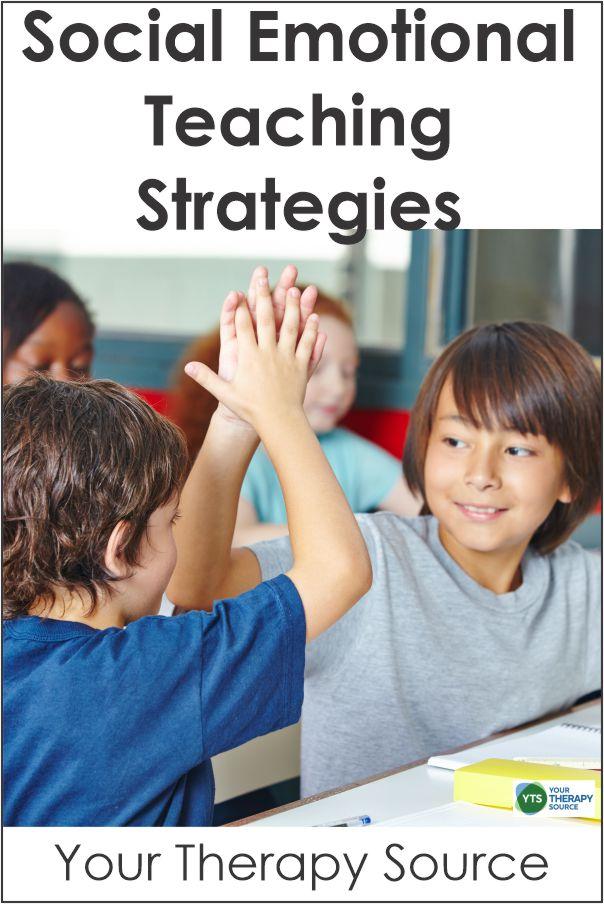Empowering Educators: Effective Strategies for Training Teachers to Foster Emotional Wellbeing
Empowering educators to foster emotional wellbeing in schools has never been more crucial.As classroom environments evolve and students’ mental health takes center stage, teachers play a pivotal role in shaping safe and supportive learning spaces. This comprehensive guide explores effective teacher training strategies designed to help educators nurture the emotional and social wellbeing of students. Read on for actionable tips, real-world case studies, and proven methods to promote emotional health in schools.
Why Emotional Wellbeing Matters in Education
The link between students’ emotional wellbeing and academic success is well established. Emotionally healthy students are more engaged, resilient, and able to navigate challenges effectively. Teachers, as the frontline guides and role models, greatly influence school climate and student outcomes.
- Positive classroom environments reduce stress and foster collaboration.
- Social-emotional learning boosts self-awareness and empathy.
- Emotionally trained teachers manage conflict and build strong relationships, benefiting the entire school community.
key Components of Effective Teacher Training for Emotional Wellbeing
triumphant teacher training programs for fostering emotional wellbeing should combine evidence-based practices, ongoing support, and adaptability.Consider integrating the following elements into your school’s professional growth initiatives:
-
Understanding Social-Emotional Learning (SEL):
- Introduce educators to the core competencies of SEL: self-awareness, self-management, social awareness, relationship skills, and responsible decision-making.
- Utilize frameworks such as CASEL or local curricula for structured implementation.
-
Building Emotional literacy:
- Provide teachers with tools and language to recognise, understand, and express emotions effectively.
- Incorporate emotion check-ins and reflective practices into classroom routines.
-
Integrating Mindfulness and Self-Care:
- Train teachers in mindfulness techniques to reduce their own stress and model self-regulation for students.
- Support educator self-care with workshops and peer support systems.
-
Creating Safe and Inclusive Spaces:
- Foster inclusivity by training teachers in cultural competence, trauma-informed teaching, and anti-bullying initiatives.
- Promote positive discipline and restorative practices over punitive measures.
-
Encouraging Reflective Practice and Collaboration:
- Implement regular reflection sessions and peer coaching to support ongoing professional growth.
- Facilitate professional learning communities (PLCs) focused on emotional wellbeing strategies.
Benefits of Training Teachers to Foster Emotional Wellbeing
- Enhanced Student Engagement: Emotionally attuned teachers cultivate trust and participation.
- Reduced Teacher Burnout: Self-care and resilience training leads to lower stress and higher job satisfaction.
- Improved Classroom Management: Discipline shifts from punitive to restorative, reducing disruptions.
- Better Academic Outcomes: Emotionally healthy classrooms report higher student achievement and improved attendance.
Practical Tips for Schools: Implementing Emotional Wellbeing Training
Empowering educators goes beyond one-off workshops. Here’s how to make emotional wellbeing integral to your school culture:
- Start with Assessment: Survey staff and students to identify current emotional wellbeing needs and training gaps.
- Schedule Ongoing Professional Development: Offer frequent, interactive training sessions using real-life scenarios.
- Leverage Technology: Use online courses, apps, and digital resources to reinforce key learning around emotional health and SEL.
- Invite Expert Facilitators: Partner with local mental health professionals for training and guidance.
- Involve Parents and Caregivers: Extend emotional wellbeing initiatives to the wider school community for a holistic approach.
- Measure Impact: Track progress and adjust programs based on feedback and data.
Case Study: Transforming a School Through Emotional Wellbeing Training
At Greenview Elementary School, a commitment to fostering emotional wellbeing began with a focus on teacher training:
- Professional Workshops: Teachers participated in SEL and mindfulness training over a semester.
- Ongoing Support: Monthly check-ins and mentoring provided a safe space for sharing challenges and successes.
- Student-Led Initiatives: After seeing teacher commitment,students started their own peer-to-peer emotional wellbeing club.
The results? Within a year,disciplinary incidents dropped by 30%,teacher absenteeism decreased,and both staff and students reported a stronger sense of belonging. This case highlights the ripple effect emotionally empowered teachers can have on an entire school community.
teacher Voices: First-Hand Experiences
“Learning about emotional wellbeing transformed my classroom. Students are more open, and I feel supported by my colleagues.It’s made a huge difference in my teaching and my life.”
— Ms. Renee Carter, 3rd Grade Teacher
“Collaborative reflection sessions helped me manage stress and build deeper connections with students. I feel empowered to truly model resilience and empathy every day.”
— Mr. David Kim, High School Science Instructor
Additional Resources for Teacher Training in emotional Wellbeing
- Collaborative for Academic, Social, and Emotional Learning (CASEL)
- Mindful Schools
- Edutopia: Social and Emotional Learning Resources
- 50+ resources for Teaching Social Emotional Learning
conclusion: Creating Lasting Change by Empowering Educators
Empowering educators through robust training and ongoing support is essential for fostering emotional wellbeing in schools. By prioritizing teacher emotional health, integrating SEL frameworks, and promoting inclusive, mindful practices, schools lay the foundation for vibrant, resilient communities where every student and teacher can thrive. Let’s champion teacher education as the path to nurturing emotionally rich learning environments—one classroom at a time.

